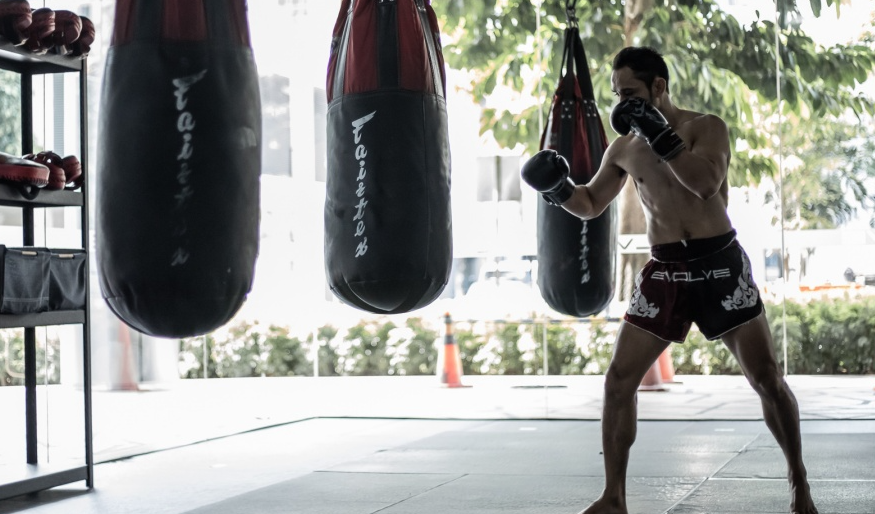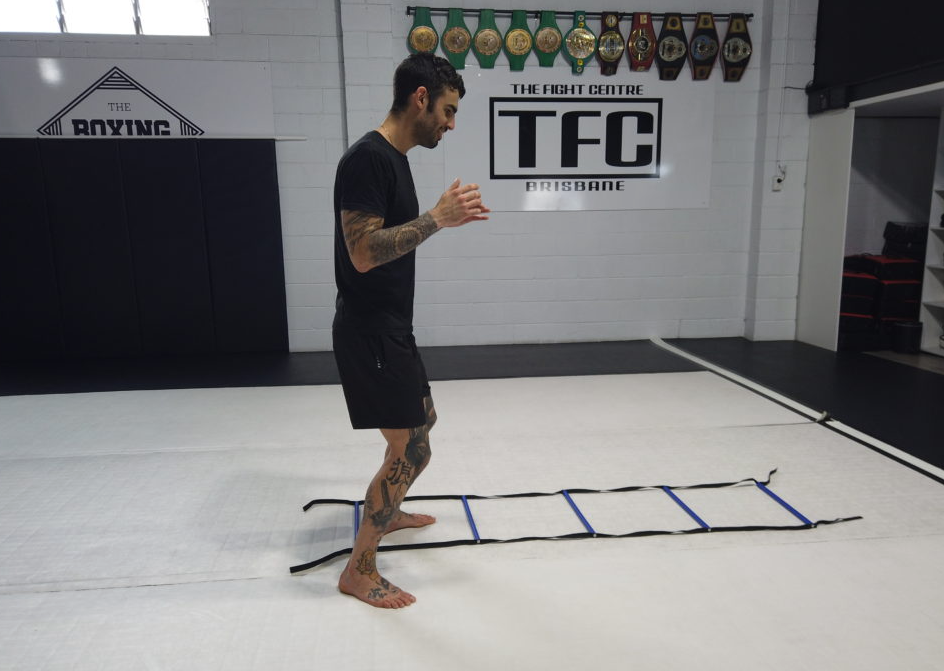Muay Thai Knowledge
The Role of Footwork in Muay Thai Techniques
Introduction
Footwork is a fundamental component of Muay Thai techniques, providing the foundation for balance, power, and strategic movement. Often overlooked by beginners, proper footwork is essential for both offensive and defensive maneuvers. This article delves into the critical role footwork plays in Muay Thai, exploring how it enhances various techniques and contributes to a fighter’s overall effectiveness in the ring.
Understanding Muay Thai Techniques
Muay Thai, known as the “Art of Eight Limbs,” utilizes punches, kicks, elbows, and knee strikes. However, the effectiveness of these techniques heavily relies on a fighter’s ability to move efficiently and maintain balance. Footwork is the bedrock that supports these dynamic movements, allowing fighters to execute powerful strikes and evade attacks seamlessly.
The Basics of Muay Thai Footwork
Stance and Balance A proper stance is crucial in Muay Thai. It ensures that you are balanced and ready to attack or defend. Your feet should be shoulder-width apart, with the weight evenly distributed. This stable foundation allows you to move quickly in any direction and maintain your balance when delivering or absorbing strikes.
Lateral Movement Lateral movement, or side-stepping, is essential for avoiding attacks and creating angles for counterattacks. By moving side to side, a fighter can evade straight punches and kicks, positioning themselves advantageously to strike back.
Forward and Backward Movement Advancing and retreating effectively is key to controlling the distance between you and your opponent. Moving forward allows you to close the gap and deliver strikes, while moving backward helps in evading incoming attacks. The ability to transition smoothly between advancing and retreating can disrupt your opponent’s rhythm and timing.
Pivoting Pivoting on your lead foot enables you to change direction quickly without losing balance. This is particularly useful for setting up powerful roundhouse kicks or avoiding an opponent’s attack while staying within striking distance.
Implementing Footwork in Offensive Techniques
Enhancing Strikes Good footwork amplifies the power and accuracy of your strikes. By stepping into your punches and kicks, you transfer your body weight into the strike, increasing its impact. For instance, a step-forward jab not only closes the distance but also adds momentum to the punch.
Setting Up Combinations Footwork helps in setting up effective combinations. Moving into the right position allows you to string together punches, kicks, and elbows in fluid sequences, keeping your opponent off-balance and increasing the likelihood of landing strikes.
Chasing and Cutting Off the Ring Advanced footwork techniques like cutting off the ring prevent your opponent from escaping or circling away. By anticipating their movements and stepping in their path, you can trap them against the ropes, limiting their mobility and increasing your opportunities to strike.
Footwork in Defensive Techniques
Evading Attacks Effective footwork is crucial for evading strikes. Techniques like slipping, ducking, and weaving rely on quick, precise foot movements to avoid punches and kicks while staying within striking distance for counterattacks.
Creating Distance When under attack, creating distance is a primary defensive tactic. Quick backward steps or lateral movements can help you avoid an opponent’s strikes and reset the fight on your terms.
Counterattacking Good footwork positions you to counterattack effectively. After evading a strike, a quick step forward or pivot can put you in a prime position to deliver a counterstrike, catching your opponent off-guard.
Training Footwork in Muay Thai
Drills and Exercises Incorporate specific drills into your training routine to improve footwork. Ladder drills, cone drills, and shadowboxing are excellent ways to enhance your agility and coordination. Practicing these drills regularly will build muscle memory, allowing you to move instinctively in the ring.
Sparring Sparring sessions are crucial for applying footwork techniques in real-time scenarios. By sparring with different partners, you can adapt your footwork to various fighting styles and improve your ability to move fluidly under pressure.
Tips for Improving Footwork
Consistency Consistent practice is key to mastering footwork. Dedicate time in each training session to focus on footwork drills and movements. The more you practice, the more natural these movements will become.
Watch and Learn Study fights of professional Muay Thai fighters. Pay attention to their footwork, how they move, and how they position themselves. Emulating their techniques can provide valuable insights and enhance your own skills.
Stay Light on Your Feet Maintaining lightness on your feet allows for quick, efficient movements. Avoid planting your feet too firmly on the ground, as this can slow down your ability to move and react.

FAQs
What is the importance of footwork in Muay Thai techniques? Footwork is crucial in Muay Thai as it underpins balance, power, and strategic movement. It allows fighters to execute strikes effectively, evade attacks, and position themselves advantageously.
How can I improve my footwork in Muay Thai? Improving footwork involves consistent practice of specific drills, studying professional fighters, and incorporating footwork-focused exercises into your training routine. Sparring also helps apply footwork techniques in real-time scenarios.
What drills are effective for enhancing footwork in Muay Thai? Ladder drills, cone drills, and shadowboxing are excellent for improving agility and coordination. These drills build muscle memory and enhance your ability to move fluidly in the ring.
How does footwork contribute to defensive techniques in Muay Thai? Footwork is essential for evading attacks, creating distance, and positioning for counterattacks. Quick, precise movements allow fighters to avoid strikes while staying within striking distance for effective counters.
Can poor footwork affect my performance in Muay Thai? Yes, poor footwork can lead to imbalance, ineffective strikes, and vulnerability to attacks. Proper footwork ensures stability, enhances the power of strikes, and improves defensive capabilities.
Why is pivoting important in Muay Thai footwork? Pivoting allows fighters to change direction quickly without losing balance. It is useful for setting up strikes, avoiding attacks, and maintaining an advantageous position relative to the opponent.
Conclusion
Mastering footwork is essential for any Muay Thai practitioner aiming to enhance their techniques and overall performance. By focusing on stance, movement, and drills, fighters can develop a strong foundation that supports powerful strikes and effective defenses. Remember, great footwork can be the difference between winning and losing in the ring, making it a critical aspect of Muay Thai training

